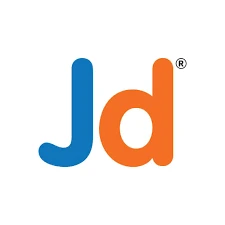|| Data Science Course in Ahmedabad
The Full Stack Data Science Course in Ahmedabad is a comprehensive training program designed to equip learners with the complete skill set needed to handle end-to-end data science projects. This course covers a wide array of topics, beginning with the foundational concepts in mathematics and statistics that form the backbone of data analysis. Students will gain proficiency in essential programming languages like Python, which is crucial for data manipulation and analysis, setting the foundation for more advanced data science techniques. This comprehensive Data Science Training Program is designed for students, professionals, and aspiring data analysts to gain in-demand skills in data analysis, machine learning, data visualization, and predictive modeling. The training is aligned with government-recognized skill development standards and includes Government Certification upon successful completion.
Through this Data Science training course in Ahmedabad, participants will learn the process of data preprocessing, cleaning, and exploratory data analysis, ensuring that they can prepare raw data for more complex analyses. Core modules of the course dive into machine learning algorithms, covering both supervised and unsupervised techniques, as well as introducing deep learning with neural networks. Real-world case studies and hands-on projects allow students to apply their knowledge in building predictive models, conducting natural language processing, and working with time-series data. Students will also gain expertise in data visualization tools such as Matplotlib, Seaborn, and Plotly, along with business intelligence tools like Tableau and Power BI. These skills are essential for presenting data in a clear, impactful way. The course also delves into data engineering concepts, teaching students how to design and implement data pipelines, and work with both SQL and NoSQL databases.
The full-stack nature of the course is completed by instruction on deploying machine learning models and data applications using popular cloud services like AWS, Azure, and Google Cloud. By the end of the course, students will be well-prepared to handle every aspect of a data science project, from data collection and cleaning to building models and deploying them in real-world scenarios. With this Full Stack Data Science classes in Ahmedabad, learners will be equipped with both theoretical knowledge and practical skills, making them highly valuable in the growing data-driven job market.
Join the Data Science Training in Ahmedabad and take the first step toward becoming a highly skilled data scientist, capable of solving complex data problems and making data-driven decisions. "Become a Data Science Expert and Drive Innovation in Ahmedabad"











 4.8 (21,636) reviews
4.8 (21,636) reviews
 Git
Git
 Bitbucket
Bitbucket
 Docker
Docker
 AWS
AWS
 NLKT
NLKT
 MySql
MySql
 Tableau
Tableau
 Plotly
Plotly
 GitHub Copilot
GitHub Copilot
 Computer Vision
Computer Vision
 BARD
BARD
 Open AI
Open AI
 Synthesia
Synthesia
 Generative AI
Generative AI
 Power BI
Power BI
 MS Azure
MS Azure
 NLP
NLP
 Yellowbrick
Yellowbrick



































 Read more
Read more 
